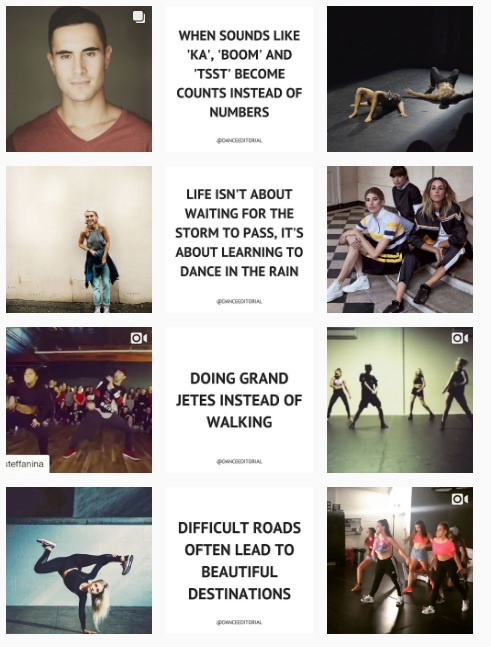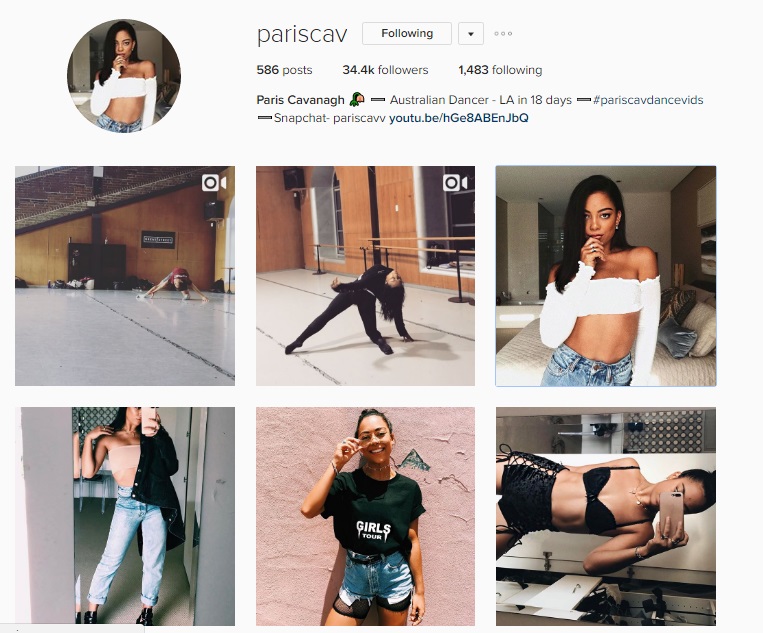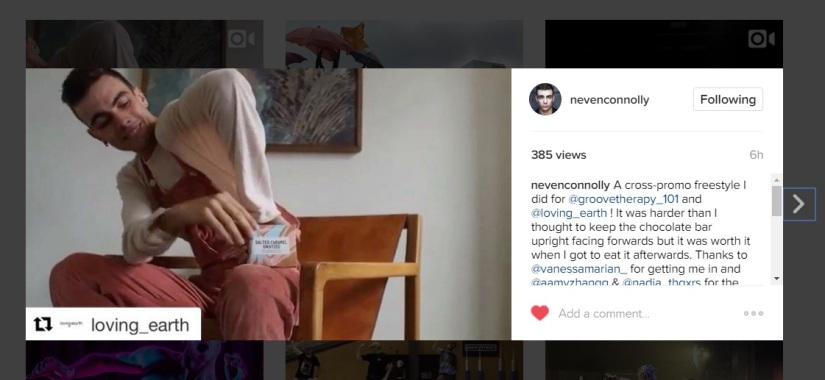When we reference our reality, it’s hard to differentiate between the physical and digital. The two realms have seamlessly begun to integrate itself into one form of reality—meaning that we live within the physical world and cyberspace simultaneously. Social media is the perfect ideal of living in both worlds at once, always connected and always interacting regardless of physical constraints.
However, theorist Jean Baudrillard notes that our human experience is made up of symbols and signs that merely point to reality. Forms of the digital world such as social media allow individuals—now prosumers—to construct their own perception of reality. Social media then becomes a place for people to build their personas and brands, interact with others, share human experiences whilst also acting as a voyeuristic lurker within the background (Baudrillard, 1994).
With this notion of the digital world being one that we construct, my digital artefact is going to look at the myths surrounding brand building, online etiquette and presence on social media. Thus, the social media mythbuster!
Focusing on Instagram in particular, I will be exploring the different tips and tricks that social media marketers and reputable social media influencers have established as the bread and butter of creating an Instagram presence. Thus, I will be looking at the element of cyberculture where a response (in the form of social media tips) are devised due to the impact of Instagram’s network on society.
The Instagram handle that I will be using to test my theories on will be Dance Editorial which is an online blogging and social media brand. This brand works to bring the dance world together by merging the gap between dance studios and creating one dance industry. Their ethos is about building up the dance community by featuring individual dancers on the blog and social media whilst also creating opportunities for dancers with shows and workshops.

The internet allows each person to share their opinions and experiences as prosumers of the digital world.
“It gave a voice to people all around the world, and created new channels to share that voice without needing to ask permission or first determine if content resonated with the interests of a majority of people.” (Graham, 2015)
However, now that anyone can post their opinion to the internet, there is no quality control or fact checking before content is released into cyberspace. It is for this matter that I am going to research and test different tricks to gaining a better online presence on Instagram. This digital artefact will not only allow me to learn more about social media marketing, branding and up-keeping an online presence, but it will also serve as a guideline for other social media users who want to know if certain tricks actually work. Therefore, my work will allow others to skip the ‘testing’ process and kick start their online presence with tricks that have been tested and work.
I will focus on four main areas of importance within Instagram.
- The use of hashtags.
Hashtags allow brands such as Dance Editorial to connect with a target audience. It makes it easier for people to find the page online and to follow—thus contributing to the overall likes on each post.
“Once you hashtag a word with Twitter, Instagram and Google +, all account users can see it. It goes into the world of hashtags. This allows users who are not following you to see your tweets and content that you put out on various social media sites.” (Harper, 2013)
- Posting times and frequency
With 500 million active users on Instagram per month, it’s important to note what time of the day your target audience is online. However, now that Instagram’s interface is no longer in sequential order, this means that your content needs to get as many likes as possible within the first few minutes that it has been uploaded in order to reach a larger audience.
- Inclusion of others
Instagram is a platform run by the people, for the people meaning that it is important to build rapport with followers, and potential followers by reposting their content, commenting and collaborating with them.
“This bottom-up marketing occurs because billions of people create trillions of connections through social media each day. These connections build relationships that result in a vast social network, tapping into a consumer marketplace.” (Hanna, Rohm & Crittenden, 2011 p. 267)
This also explores the notion of the cybercelebrity and collaborating with them to gain a bigger audience.


- Aesthetic appeal
Instagram’s premise is about the ‘liking’ of photos and videos. When posting content to the online platform it needs to be edited first to appeal to audiences visually, but what is the best way to do this? As blogger notes “A filter is not always needed, but is a good idea 80 percent of the time.” (Bloomingdale, 2015)
With these four areas in mind, I intend to research into what the leading tips and tricks are within each area. I will choose one are to focus on each week and carry out the trick to test if it really does work. At the end of the week, I will construct a blog post in the form of documentation as well as a star-rated review that will rate its effectiveness, practicality and success and provide insight into how it worked.
However, with using Dance Editorial as my Instagram tool to test these myths on, I am also faced with constraints regarding the type of content I am allowed to post whilst too sticking to the pre-existing layout of posting 3 times a day—with at least one post being a quote–as set out by the artistic director.
My digital artefact allows me the perfect opportunity to explore the depths of cyberculture in relation to the phenomena of the digital realm in which we now live and interact within, whilst too looking at how we manage this online persona/ brand.
References:
Baudrillard, J., 1994. Simulacra and simulation. University of Michigan press.
Bloomingdale. H 2015, ‘The Instagram rules: The Good, the Bad and the Very Boring’, Vogue, 27 August, viewed 23 March 2017 <http://www.vogue.com/article/instagram-rules-social-media>
Graham. S 2015, ‘How the internet leveled the playing field and gave everyone a voice,’ The Buisness Journal, 9 April, viewed 23 March 2017 <http://www.bizjournals.com/bizjournals/how-to/growth-strategies/2015/04/how-the-internet-leveled-the-playing-field.html>
Harper. J 2013, ‘The importance of Hashtags’, Social Media Today, 28 February, viewed 23 March <http://www.socialmediatoday.com/content/importance-hashtags>
Hanna, R., Rohm, A. and Crittenden, V.L., 2011. We’re all connected: The power of the social media ecosystem. Business horizons, 54(3), pp.265-273.


Reblogged this on cybercultures blog.
LikeLike